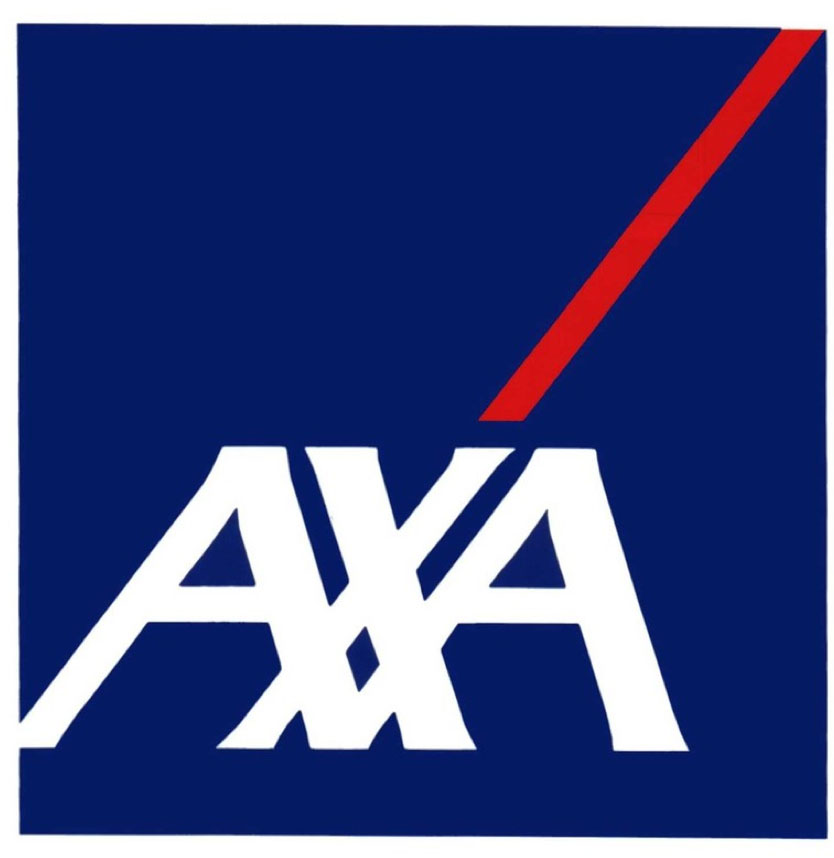Speaking to investors in London, he committed the firm to continuing a “significant reduction” of net nat cat exposures in line with the group’s reduced cat risk appetite.
For the XL Catlin portfolio, the group has already seen its 1-in-200 year tail loss exposure fall between 25 and 40 perecent and its 1-in-15 loss exposure down 15 to 30 percent, Hendrick explained today.
In addition, the firm has reduced the 1-in-200 year US hurricane exposure within the XL Catlin business by 29 percent, US earthquake by 46 percent and European windstorm by 22 percent.
The risk transformation follows Axa’s recent completion of its $15.3bn purchase of the Bermudian specialty/reinsurance powerhouse, XL Group, which remains one of the industry’s standout M&A transactions in a year defined by rampant consolidation.
Under French ownership, its 1-in-20 year exposures have also been cut significantly with a 15 percent reduction in US hurricane exposure, US earthquake by 28 percent and European windstorm by 14 percent, Axa revealed.
Hendrick said this aggressive cut back would continue into 2019, primarily driven by an increased use of alternative capital to match the appropriate capital of risk - This will involve greater cessions to third-party capital partners, such as sovereign wealth funds and pension funds, he said.
The insurer, which already has over $1.5bn in cat bonds and just shy of $1bn in collateralised reinsurance, recently consolidated 100 percent ownership of XL’s ILS fund management business New Ocean Capital Management.
Hendrick said the newly acquired ILS manager would enable Axa XL to distribute its portfolio cat risk directly to investors and will further enhance Axa’s already burgeoning ILS capacity.
As an early estimate, Hendrick said Axa XL forecast 2018 to produce “at least” $70bn of nat cat losses making 2017 and 2018 combined the single largest two year period with over $200bn of insured cat losses.
XL, which had roughly a 2 percent share of California wildfire losses in 2017, is once again exposed to wildfires losses in the state. The Camp and Woolsey wildfires which devastated California throughout November are currently expected to produce residential and commercial losses of $15bn to $19bn, according to CoreLogic, and some market sources now suggest the total insured loss could be $15bn+.
Other major loss events this year include Hurricane Michael and Florence and the roll-call of Japanese cats in the third quarter including Typhoon Jebi.
Earlier this month, this publication effectively called a hardening market for a number of P&C classes as a result of a number of differing factors including the cat losses in 2H 2018.
The CEO said 2018 has been a good year for pricing for XL on the insurance side – it has seen pricing increase from 3.5 percent in Q1 to 4 percent in Q2 and up to 4.5 percent in Q3, balancing out to an overall rate increase of 4 percent across the entire XL portfolio.
“When measured against industry benchmarks this rate growth is 2 percentage points better then what the industry is getting on the same sized commercial risks, validating our commercial advantage,” he said.
Hendrick said Axa XL is aiming to bring its combined ratio down to 95 percent by 2020 expects to produce earnings of Eur1.4bn ($1.57bn), assuming a normal year for catastrophes, by 2020.
Also announced today, Axa said it expected adjusted return on equity to increase between 14 percent and 16 percent annually over the next two years, up from a previous target of between 12 per cent and 14 per cent.
The Paris-headquartered insurer confirmed its target for underlying earnings per share to increase by between three percent and seven percent a year over the same period.
Axa Group CEO Thomas Buberl said profitability will be boosted by the diversification achieved from its $15bn acquisition of XL earlier this year.
The company also raised its expected synergies on XL to €500mn ($564mn) from €400mn.
As a result, Axa will increase its dividend payout range to between 50 percent and 60 percent from between 45 percent and 55 percent previously.













